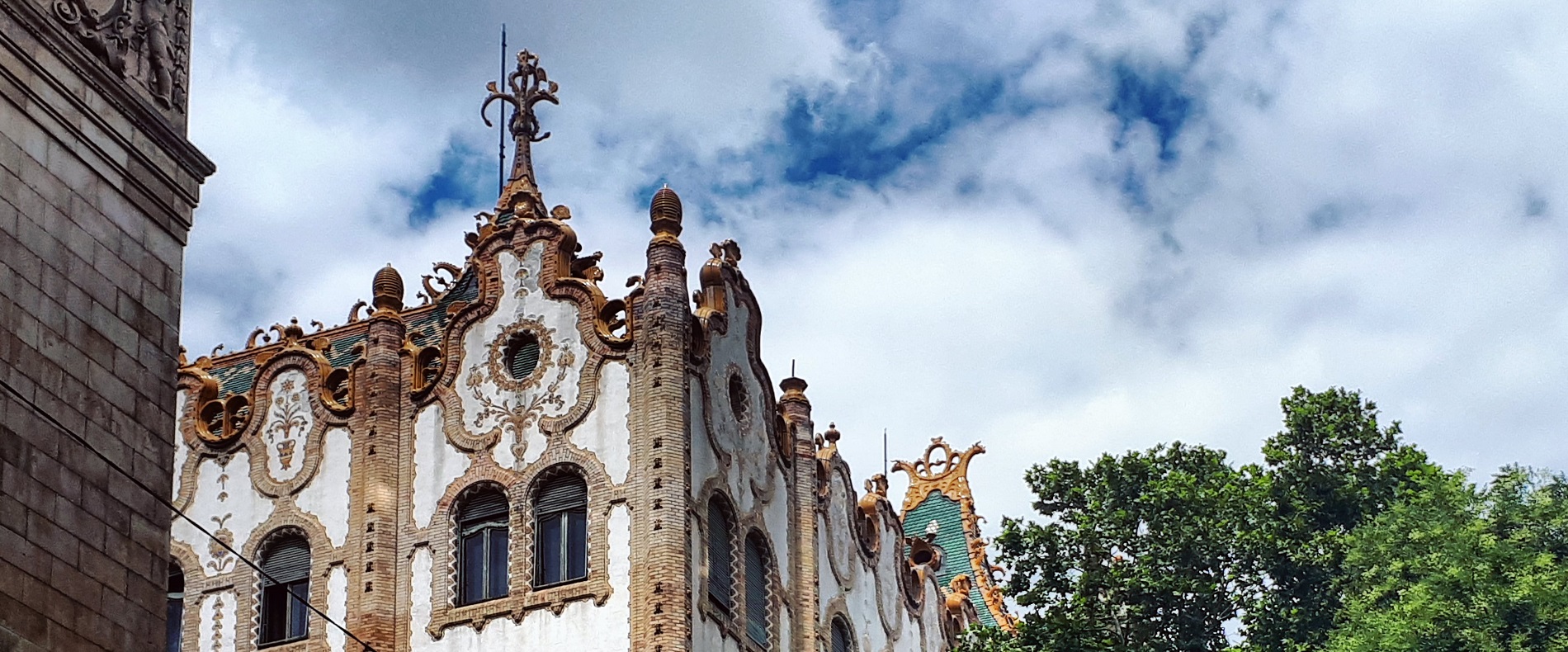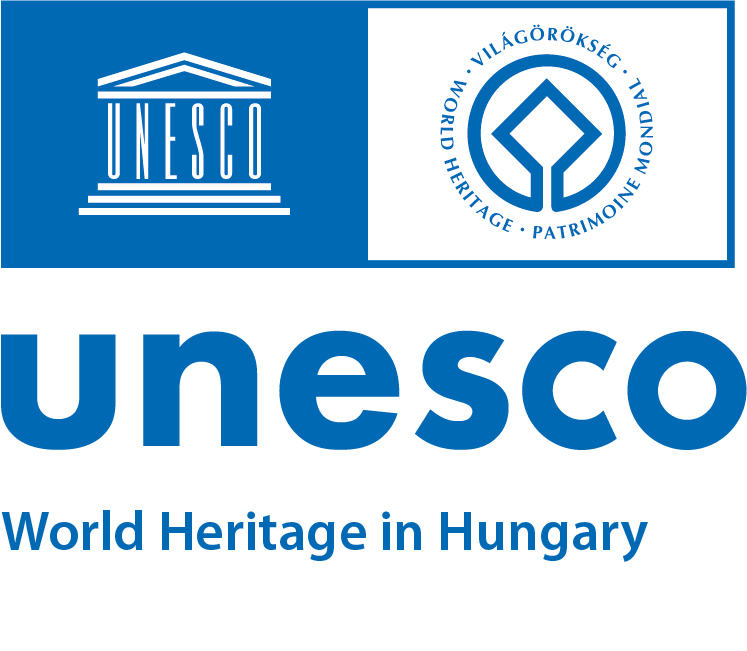
Ödön Lechner’s independent pre-modern architecture
The end of the 19th century and the beginning of the 20th century was a prominent period in the history of Hungarian architecture: due to the rapid industrial development, Budapest became a global city at that time, and the rural towns of the country also gained a new image. The architecture of the beginning of the era was defined by Historicism, establishing a uniform look within the city districts.
In this architectural environment, Ödön Lechner undertook to fulfil his mission with a new artistic approach. Both in form and technology, Lechner’s epoch-making early premodern works mark a radical change at the beginning of the transition period between Historicism and Modernism. His individual and innovative designs are enriched by folk patterns. Lechner’s architectural genius not only manifests in the unique form of his creations, his one of a kind buildings are important and beautiful representations of the Gesamtkunstwerk of the Art Nouveau era.
In the course of his consciously shaped career, he strived to create a unique, characteristically Hungarian style that is set apart from other styles and the forms of Historicism. His need to break with the dominating contemporary style and create something individual connects his life’s work with the aspirations of such masters as Antoni Gaudí, Victor Horta, Hector Guimard and Otto Wagner. Lechner created a lot of designs both by himself and in collaboration with others, submitting his work to many competitions. 26 of his building designs were implemented, each of them innovative in their materials and structures. He dedicated his whole life to establish the form of expression of his new style, while elaborating his thoughts and theories on architecture in studies and articles, making his impact even more powerful. He was consciously establishing a new school with his art. His individuality inspired the younger generations, and many young architects considered him their master (Géza Maróti Rintel, Béla Lajta, Albert Kálmán Kőrössy, Marcell Komor). Through his many followers he played an important part in universal culture. His success was not only evident in the many contemporary buildings connected to Lechner’s distinct style of Art Nouveau, but the impact of his work also revived in the organic architecture of the 1960-80s.
The best representations of his autonomous, premodern architectural design are the Kecskemét City Hall, the Museum of Applied Arts, the Szent László Church in Kőbánya, the State Geological Institute, and the Postal Savings Bank.
The Kecskemét City Hall (1890-1896), balanced between the style of historicizing Eclecticism and a unique form of expression, represents the innovative intentions of the architect. In its fundamentals, the building follows the conventional design of the time, but at the same time, the interiors are dominated by a more complex, cavern-like space structure. Many of the architectural forms are made up of elements typical of Historicism, but there are also many new motifs that would later become predominant. The use of colorful Zsolnay maiolica, the spectacular building composition on the main square, the increasingly dominant planar façade elevate the building of the City Hall above the still generally prevailing world of Historicism.
The Museum and School of Applied Arts (now: Hungarian Museum of Applied Arts) (1891-96) in Budapest instantly captivates the visitors with its extraordinary design. The cavern-like, dark entrance opens up to the vertically spacious lobby that is lit from above, then leads through the contrasting exhibition hall with its iron-framed glass roof, a feature that was still a novelty at the time. Borrowing elements from Indian art, he gave a particularly oriental character to the spaces that masterfully fulfil their functionality. The composition of the building and the dome rising in the middle of the façade are still reminiscent of the Baroque style, but the planar façade with the ceramic ornamentations that evoke rug patterns are far from the architectural decor ideas of historical styles. The clever space organization, the astonishing world of this impressing building has the same effect today as in its time, although it is still only in the details where the stylistic features that would later gradually unfold and define Lechner’s oeuvre can be observed.
The Szent László Church in Kőbánya is Ödön Lechner’s most important work of sacral architecture, despite the fact that the client’s ideas did not allow him to build his original design of a Byzantine-style spatial structure. He had to construct a Gothic structure, therefore his own style could only be present in certain details. In the end, another architect was tasked with the interior design, but Lechner still managed to create a special and unique piece of architecture. In its structure, the building follows the conventional neo-Gothic form, but it represents a decidedly different creative approach in its details and outside appearance. The parabolic arch of the steeples that gives a distinct silhouette to the building, as well as the closed-open form of the entrance are touches characteristic of Lechner. Instead of the neo-Gothic carvings, Lechner used pyrogranite for unique motifs and patterns borrowed from Hungarian folk art, and covered the body of the church building with glazed tiles.
Lechner’s art could finally unfold without compromise when designing the Geological Institute and the Postal Savings Bank.
The winning entry to the open tender for the design of the Geological Institute (1896-99) was originally more subdued, but during the final planning and implementation, Lechner had the opportunity to realize his ideas almost without limits. The design of the building facades definitely avoids the patterns of previous styles: the entire surface undulates, the flat surfaces are made lively not by historical sections, but by brick strips and framing. The ornamentation is inspired by Hungarian folk art and geological science. The building is crowned by a colorful glazed ceramic roof, with a globe on top that is visible even from a great distance. The continuous, cavern-like interior spaces are ornamented with wavy, dripstone-like stucco.
Located in downtown Budapest, the Postal Savings Bank(1899-1901) is a true masterpiece among Ödön Lechner’s work. All defining tools of Lechner’s art are present in its spatial design, composition and ornamentation. Instead of the avant-corps typically used before, the facades of this building are enormous flat surfaces, where the vertical elements are only subtle accents on the continuous surface. The wavy cornices, arched windows, the shape of the molding and the colorful ceramics form a perfect unity. The themes of the ornamentation range from the symbols of frugality to folk art elements and the motif of the Treasure of Nagyszentmiklós. A varied series of decorations representing the national style runs throughout the interiors.
